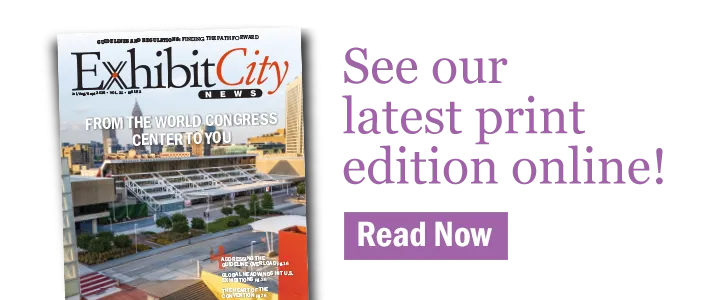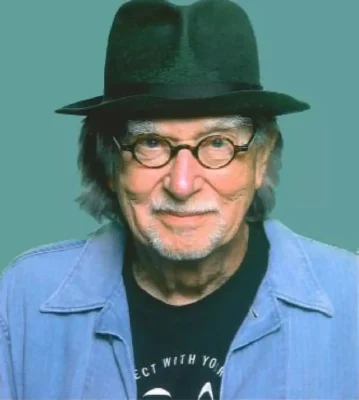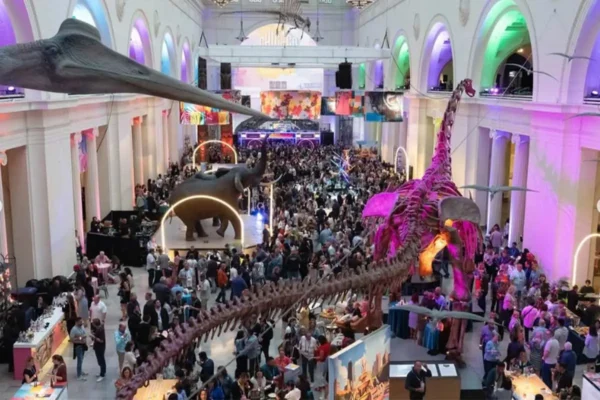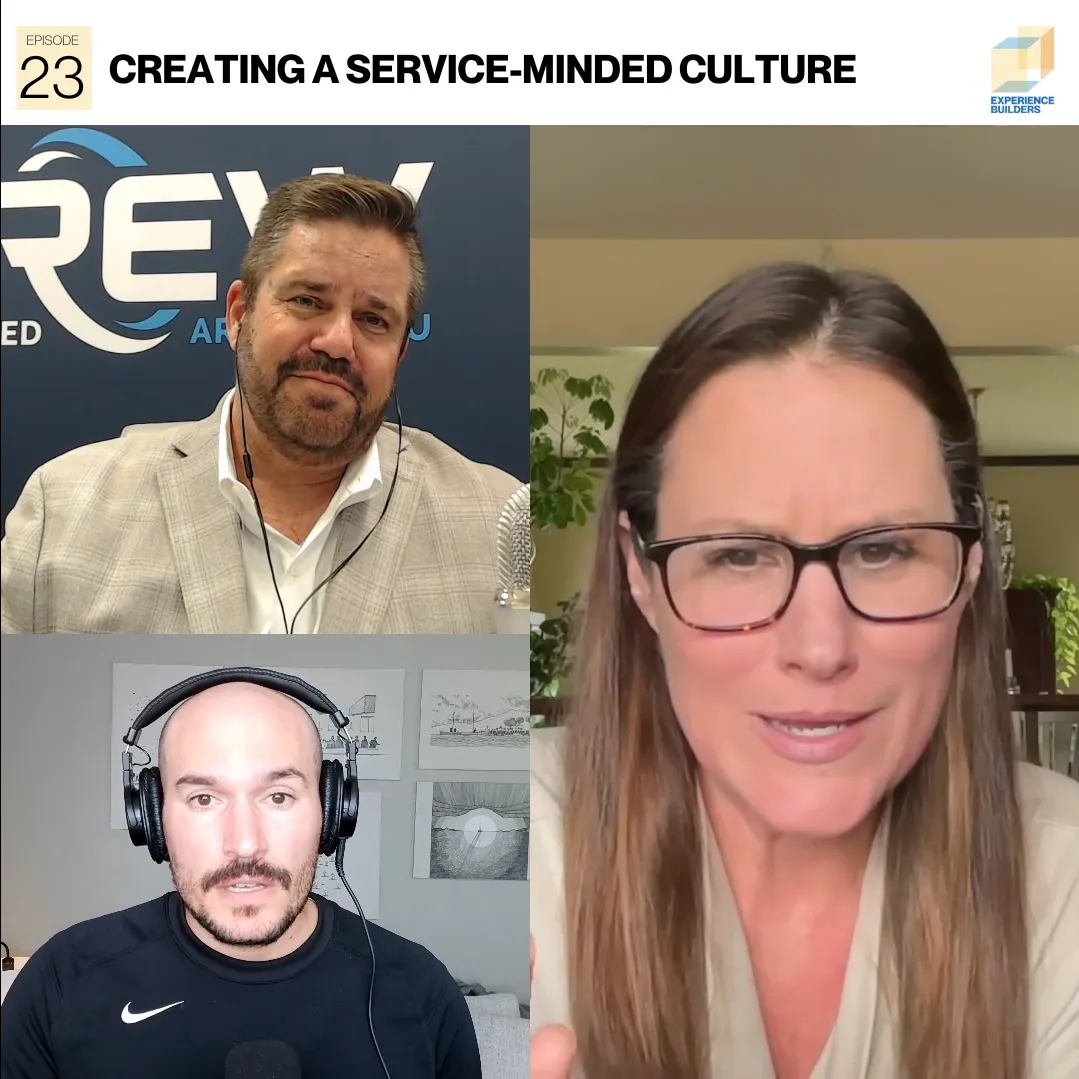by Jim Obermeyer
While wandering the aisles of EXHIBITORLIVE on the last afternoon of the show, I stopped by the ECN booth and was chatting with Don, Jeanne and Tom. At one point, Jeanne asked for clarification on the title of this column: was it “As The Saw Turns” or “As The Saws Turn?” Is the “saw” singular or plural? Apparently, over time it has shown up both ways in the publication and website.
Interesting how a simple question can send me spiraling down the rabbit hole into much deeper thinking. As I continued my wanderings that day, I kept circling back to that question. But what was nagging at me was one thought: do the saws still turn?
When I started writing this column in October 2000, our shops in our “exhibit houses” were full of saws turning, building custom wood wall panels, custom wood kiosks and counters and cabinets. Sawdust was a part of our lives. Almost everything we built was plywood and laminate, connected with Rotoloks or quarter-twenties and wing nuts.
We hired carpenters and cabinet makers and mill workers to run our shops full of saws. We graduated to CNC machines—which just created more sawdust as they cut more wooden parts faster. The saws were still turning.
But then things began to change. We started using more aluminum and metal. First as additions to the wooden structures we were producing. And as the aluminum extrusion and metal modular panels became more sophisticated and more prolific, the saws began to slow down. Soon complete exhibits were created from non-wooden elements.
Reception counters and kiosks were created from stock modular components. Large wooden signs with vinyl graphics became metal frames with stretched fabric covers. More saws slowed and stopped.
The terms “custom” and “modular” at one time had different meanings: a custom exhibit was built primarily from wood and laminate. A modular exhibit was aluminum and metal. The reality was that every exhibit was custom—designed specifically for that client, and every exhibit was modular—it broke down into components that could be used in a variety of configurations. Now every exhibit is custom modular—regardless of the material from which it is created.
This is not a bad thing. It is the natural progression of our industry, the natural growth in the experimentation and use of new materials, driven by a variety of forces. Forces such as increased freight and drayage costs driving the use of lighter weight materials to counteract those increases. Forces such as increased on-site labor and installation costs driving the use of easier-to-install exhibits requiring fewer I&D hours to counteract those increases.
And all of this is augmented by the increased use of technology in the exhibit—using the latest methods of engagement to interact with the audience and deliver the brand and product message. The physical structure of the exhibit has become secondary to the experience that happens in the space.
And that is as it should be: the objective of every exhibitor should be to engage the attendee in conversation about their product and brand, to build relationships on the show floor that ultimately lead to new business for the company. Not to just build the biggest physical structure.
But as the traditional industry tradeshow is now challenged by more private corporate events, off-site meetings, mobile tours, activations and pop-up stores, the trade show—both the event itself and how it is produced—must evolve to maintain its relevancy. All of the parties involved in making a tradeshow attractive—and beneficial—to exhibitors must come together to continue to make it a financially feasible marketing alternative. We must all do our part to ensure that tradeshows remain a viable option for corporate marketers.
But I think maybe I need to change the name of my column. Maybe “As the Metal Bends” or “As the Fabric Stretches” or “As the Audience Engages.”
Or maybe I’ll just leave it as is. There are still a few saws turning…for the time being.
See you on the show floor.
Jim Obermeyer has been in the tradeshow industry 37 years, both as a corporate tradeshow manager and exhibit house owner. He is currently a vice president at Hamilton Exhibits and can be reached at jobermeyer@hamilton-exhibits.com.
This story originally appeared in the May/June issue of Exhibit City News, p. 12. For original layout, visit https://issuu.com/exhibitcitynews/docs/ecnflipbook_mayjune_2019_web






























